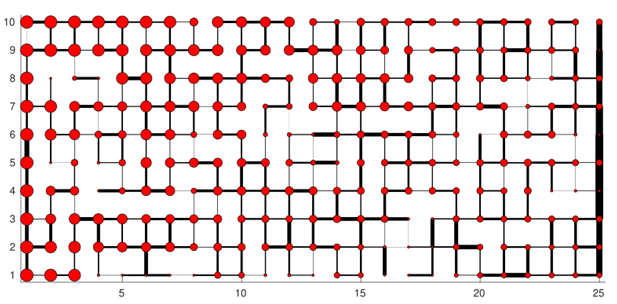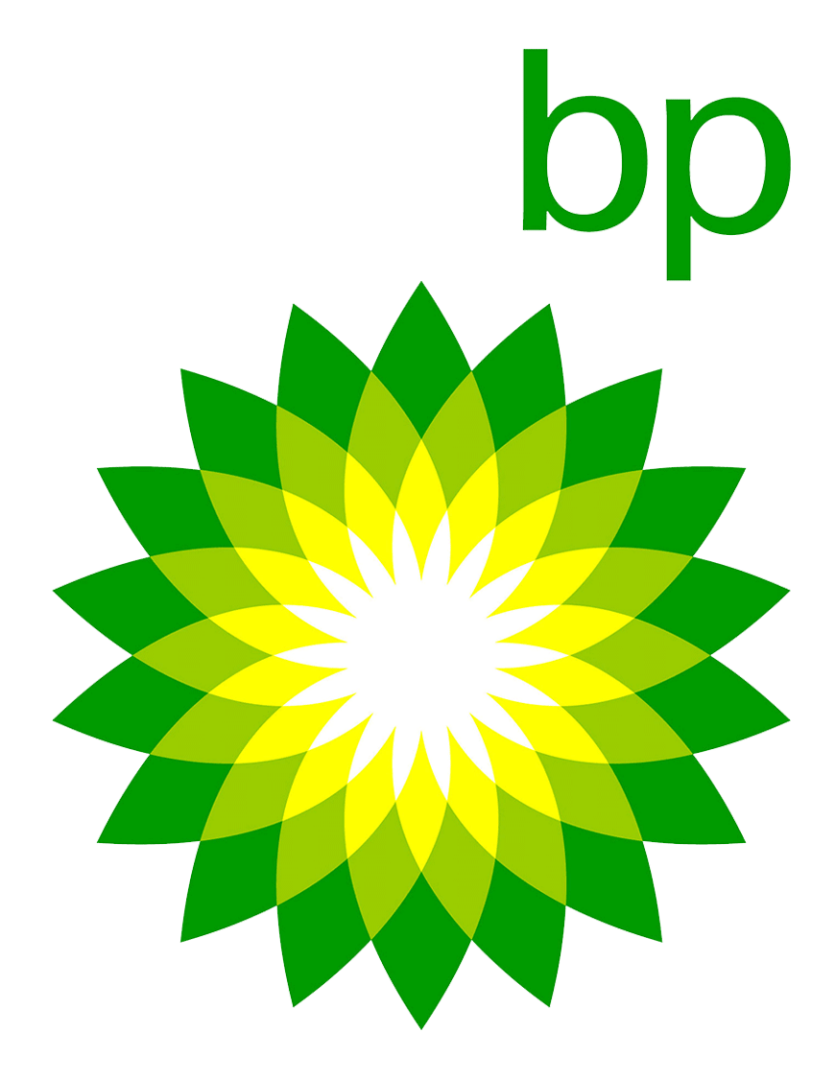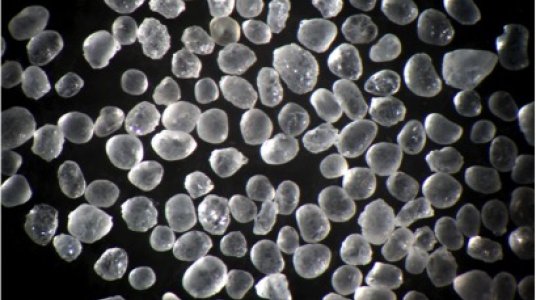Fines Migration in Oil Reservoirs
- Researcher: Thomas Babb
- Academic Supervisor(s): S. Jon Chapman, Chris Breward
- Industrial Supervisor(s): John Couves, Bilal Rashid
Background
During the process of oil extraction, fluid (often water but can also be gas) is injected into the reservoir in order to maintain pressure, ensuring that oil continues to flow out of the wells. It is also done to ensure that gas trapped in the oil is not released whilst it is travelling up the well, which can damage the piping. Further, it is also common to change the fluid in some way in order to encourage more oil to be released. Such methods are collectively referred to as Enhanced Oil Recovery (EOR). One such method is "low salinity water flooding" in which the salinity of the water injected into the reservoir is reduced, and the ratios of different salts are changed. BP have seen that this method can have the unfortunate side effect of releasing small particulates, referred to as "fines'', into the reservoir. These fines sometimes reduce the permeability of the rock in which the oil flows.
Caption 1: Small particulates known as "fines".
Progress
We have developed a discrete “network model”, where the rock is described as a mathematical network, with the nodes of the network symbolizing the rock pores, and the edges symbolizing the inter-pore connections. Initially the pores contain high salinity brine and bonded fines (that have not been released into the flow). Low salinity brine is then injected into the network, releasing the bonded fines into the flow, which are then advected through the network. If the concentration of fines is high enough in an edge, said edge is “blocked” and is removed from the network, along with some fines. The image on the right shows an example network, with the red dots representing the nodes and the black lines representing the edges. The size of the red dots indicates the concentration of fines in the respective node. This model describes the primary physical processes but is computationally expensive for more than a very small area of rock (e.g. larger than millimeter scale). In order to combat this, we also used the method of mathematical homogenization to develop a continuum “Darcy-style” model. This method is a systematic way of converting the discrete network model into a continuum one by “averaging” the properties of the network model as you “zoom out”. In this model we no longer need to track individual pores, which allows us to scale this model to much larger sections of rock without excessive computational cost.

Figure 2: ***caption pending***



